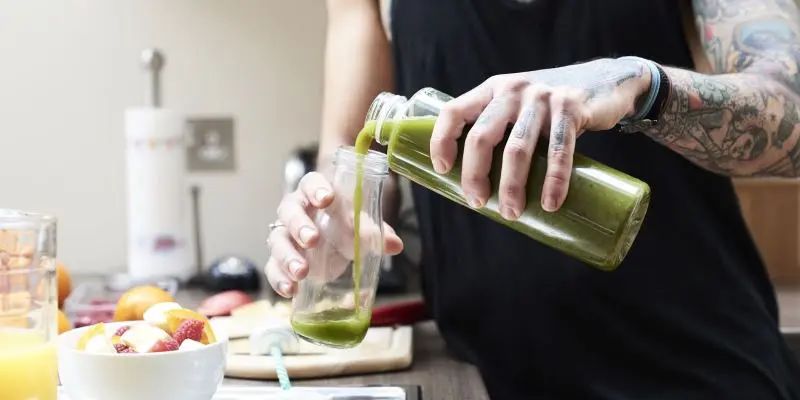A liquid diet consists of consuming foods and beverages in a liquid or semi-liquid form. This type of diet is often prescribed for medical purposes, such as pre-surgery preparation, digestive system rest, or recovery from certain medical conditions.
While a liquid diet restricts solid foods, there is still a wide variety of options available to ensure nutritional adequacy and satisfaction. This comprehensive guide will provide you with a detailed list of foods and beverages that you can consume while on a liquid diet.
1. Understanding a Liquid Diet
A liquid diet involves the consumption of foods and fluids that are in a liquid or semi-liquid state. This allows for easy digestion and reduced strain on the gastrointestinal system. A liquid diet can be temporary or long-term, depending on individual needs and medical requirements.
Also Read
2. Foods and Beverages Allowed on a Liquid Diet
- Clear Broths: Clear and strained broths, such as chicken, beef, or vegetable broth, are excellent sources of hydration and can provide some essential nutrients.
- Fruit Juices: Clear fruit juices without pulp, such as apple, grape, or cranberry juice, are allowed. Ensure they are not high in added sugars and do not contain pulp.
- Vegetable Juices: Clear vegetable juices, like carrot or tomato juice, can be consumed as part of a liquid diet. Ensure they are free of pulp or solid particles.
- Smoothies: Smoothies made with liquids like water, milk, or yogurt and blended with fruits or vegetables can be included in a liquid diet. Avoid adding solid ingredients like seeds or nuts.
- Protein Shakes: Protein shakes made with water, milk, or a milk alternative and a protein powder source (whey, soy, or plant-based) are good options to ensure adequate protein intake.
- Meal Replacement Shakes: Meal replacement shakes are specifically formulated to provide a balanced combination of macronutrients and micronutrients. They can be used to replace one or more meals per day.
- Yogurt and Puddings: Smooth, creamy yogurts and sugar-free puddings that do not contain solid pieces can be included in a liquid diet.
- Gelatin: Sugar-free gelatin desserts that are clear and free of any solid additives can be consumed on a liquid diet.
- Clear Soups: Clear soups made from strained broths and vegetables, without any solid pieces, can provide variety and additional nutrients.
- Herbal Teas: Non-caffeinated herbal teas, such as chamomile, peppermint, or ginger tea, can be consumed as a soothing and flavorful option.
- Clear Liquids: Clear liquids like water, clear soda, or electrolyte drinks without color or solid particles are allowed on a liquid diet.
3. Important Considerations
While a liquid diet offers versatility, it is important to consider the following:
- Nutritional Adequacy: While on a liquid diet, it is crucial to ensure that you are obtaining adequate nutrients. Consider incorporating a variety of liquids to obtain a balance of macronutrients (carbohydrates, proteins, and fats) and micronutrients.
- Hydration: Staying hydrated is essential. Drink plenty of fluids throughout the day, including water, herbal teas, and other allowed clear liquids.
- Medical Guidance: If you are considering a liquid diet for medical reasons or prolonged use, it is important to consult with a healthcare professional or registered dietitian. They can provide personalized guidance based on your specific needs and monitor your progress.
- Transitioning Off the Liquid Diet: When transitioning off a liquid diet, it is important to do so gradually. Gradually reintroduce solid foods while monitoring your body’s response and adjusting accordingly.
Conclusion
A liquid diet can provide nourishment, hydration, and support during specific medical situations or for short-term weight loss goals. While on a liquid diet, it is important to focus on obtaining adequate nutrients and staying hydrated.
Consult with a healthcare professional or registered dietitian to ensure your liquid diet is tailored to your individual needs and circumstances. Remember, a liquid diet is typically temporary and should only be followed under professional guidance to maintain optimal nutrition and overall health.














